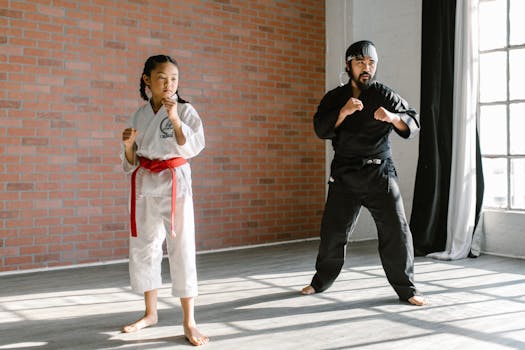How to Analyze Fighter Styles and Predict Outcomes
Understanding the intricacies of different fighter styles and their impact on match outcomes is crucial for anyone interested in combat sports. Whether you're a fan, a bettor, or a practitioner, analyzing these styles can provide insightful perspectives on potential match results. This article explores various methods to analyze fighter styles and how this analysis can be used to predict fight outcomes.
Identifying Fighter Styles
Combat sports athletes typically adhere to specific styles that define their approach and tactics in competition. Common styles include the aggressive striker, the technical grappler, the defensive counter-fighter, and the well-rounded mixed martial artist. Each style has unique characteristics that influence a fighter's performance against different opponents.
Advantages: Recognizing a fighter's style can help predict the dynamics of a fight more accurately. Disadvantages: Fighters often evolve, meaning past fights might not always be a reliable indicator of current style.
Analyzing Historical Matchups
A practical approach to understanding how styles interact is to analyze historical matchups. By examining past fights between similar styles, one can identify patterns or outcomes that are likely to repeat.
Advantages: This method is backed by tangible data, providing a more scientific basis for predictions. Disadvantages: It can be misleading if the sample size of similar matchups is small or if fighters have significantly evolved since their past fights.
Using Statistical Models
Statistical models can aggregate various data points such as strike accuracy, takedown defense, and fight pace to predict outcomes. These models often utilize advanced metrics to analyze how well a fighter's style matches up against their opponent's.
Advantages: Provides a quantitative analysis that is less prone to personal bias. Disadvantages: High complexity and requires access to detailed fight data and statistical expertise.
Watching Fight Footage
Reviewing fight footage can offer invaluable insights into a fighter's style and adaptability. Observing how fighters handle different situations and opponents provides a clearer picture of their capabilities and limitations.
Advantages: Direct observation of a fighter's skill set and tactical choices. Disadvantages: Time-consuming and requires experience to understand subtle nuances in fighter behavior.
Practical Example
Consider a matchup between a noted striker and a proficient grappler. Historical analysis might show that strikers struggle against superior grapplers. However, recent fight footage could reveal that the striker has improved their takedown defense, altering the predictive outcome of the fight.
Conclusion
Analyzing fighter styles is a multifaceted approach that requires considering historical data, statistical analysis, and direct observation. By employing a combination of these methods, predictions become more reliable and nuanced. For fans and practitioners, understanding these dynamics enriches the viewing experience and enhances strategic insights.
For further study, consider following sports analysis websites and databases that offer detailed fighter statistics and fight footage for a deeper understanding of combat sports dynamics.
Whether you are a casual viewer or a serious analyst, taking the time to study the styles and outcomes of fighters will undoubtedly improve your predictive abilities and appreciation for the sport.

.png)





